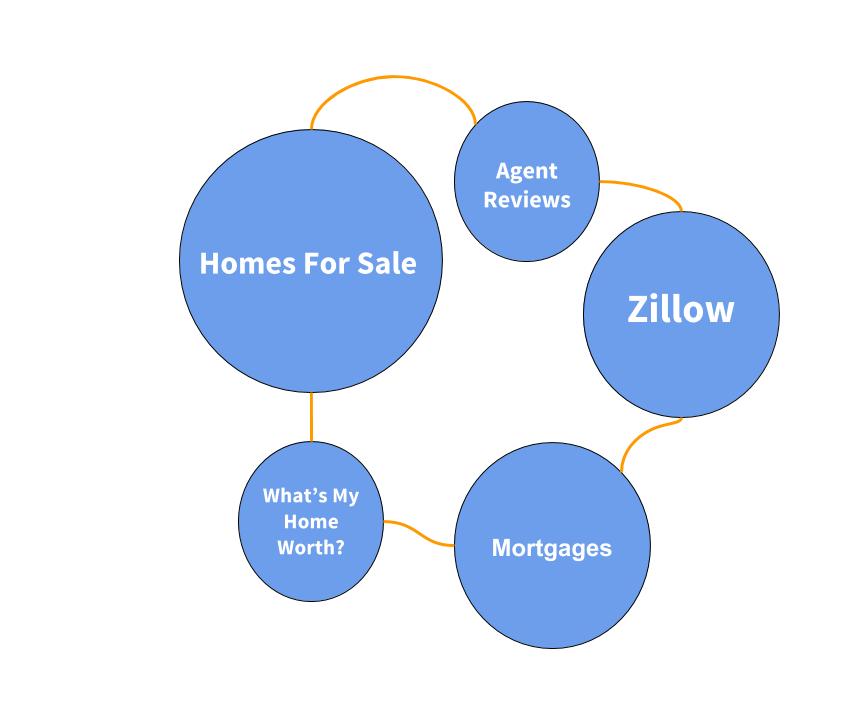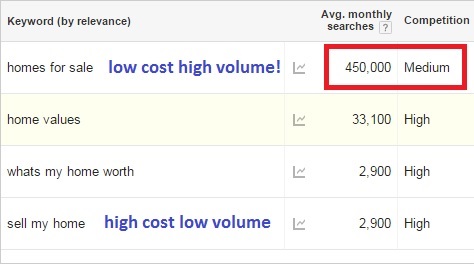“Get More Listings” -every real estate guru ever.
Over the past couple of years we’ve watched markets heat up, and fight the battle of low inventory. This has put more pressure than ever to be listing focused, and it’s causing a lot of people to forget common sense in search of the holy grail we call “Seller Leads”.
Let’s get straight to the point. Seller Leads are bullshit.
They’re the same leads you could of gotten for a lot less money. My point being that Leads are in fact “people”, and every person we meet at a very basic level needs to go through a similar process we refer to as qualification. In a world of online marketing campaigns, and CRM’s it’s easy to get hooked on labels like “buyer” or “seller” based on keywords we use, and sources we advertise on. Combine this with selfish thinking, and you get a resulting ask that defies some basic common sense. “I just want seller leads, because I’m trying to get more listings”.
Volume = Opportunity
The basic need of an agent to get more seller leads often leads s/he on the shortest path to success, which rarely is the easy one. This path is typically to advertise to people who are searching/browsing for “seller” related things. An example target keyword on Google Adwords would be “What’s My Home Worth?” or “Sell My Home”.
Since our focus is to obtain seller leads this appears to be the most relevant search for a person looking to sell. However a quick search on Google Keyword Planner reveals a very different story…
In the above report you’ll see an estimated keyword volume of some seller related searches, and a typical “buyer” search like homes for sale. Adwords nerds ignore the broad search terms, and understand the actual volume is based on a nationwide search. The important take away above is that “Homes For Sale” has significantly more search volume and less competition in comparison to any of the seller related terms.
In today’s market conditions are there more buyers than sellers? Generally yes, but not in levels this lop sided. What the data above is smacking us upside the head with is the very common sense principal that most people enter the real estate ecosystem by looking at homes they want to buy. Remember s/he who has the most subscribers is going to be ahead of this game in the end. So if you want to capture more subscribers at a lower cost then you should focus your efforts where there is more volume, and less competition. How does this get you sellers? Start by understanding that most people who have a home to sell are planning to buy another one.
Think about the last car you bought/sold/traded. Did the value of your current automobile inspire you to buy another? I’d venture a guess not likely. You probably saw that shiny new thing that other guy has, and thought “I want that”. From there you began searching for that car for sale. Checking prices, comparing features, reading reviews etc. At some point along the line you probably considered what to do with your old vehicle, and turned to KBB or yet again a market place looking for comps to compare your car with in an effort to establish it’s market value. The key point is that while eventually you did perform an evaluation of your vehicle it was likely not your point of entry to the Automotive ecosystem.
(note: In this particular moment in history we’re in a hot fire seller market, and values are most certainly a driving force behind some of the shopping activity. However where the volume of people begin is by checking what’s on the market to browse asking prices aka buyer activity. The entire phenomenon is brought to us by easy access to MLS/Market data. I don’t need to talk to an agent to find what’s on the market, and begin my pricing research.)
Build An Ecosystem That Brings In Listings
Now that we’ve got some common sense back into our brains, and understand that chasing seller leads is a path of high resistance it’s time to figure out the path of least resistance. It’s time to build an ecosystem.
Based on the previous keyword metrics you might draw the conclusion that I’m Anti-Home Value tools. That’s not necessarily the case. I do believe that many over promise, and are generally full of it, but leveraging a valuation landing page is actually a great strategy to use if it’s part of a bigger picture.
The above graphic is just a very basic example of places typical person might visit during the process of completing a real estate transaction. By no means is this complete, but gives a simple reminder that very few people visit one website then complete a transaction. We all have our own methods, and it’s a well known fact that the buying/selling process is not a short cycle. It’s likely that every person you interact with is going to turn to the internet to…
- Browse homes for sale
- Research financing options
- Do something on a portal like Zillow
- Read your reviews to see if they can trust you
- Research the neighborhood/city
Is your brand and marketing mix covering all of these aspects? Are they all working towards building one database that fills in the missing gaps of information? This should be our goal. Marketing experts like myself beat Agents over the head with concepts like “diversifying your lead generation”, and this is what we’re talking about. It’s not about creating lots of paths that assume a straight click to closing. It’s about creating multiple paths that ultimately lead to one place.
Where Do I Get Started?
At a basic level here are some tactics you can start doing to build your ecosystem and win more listings.
- Bring your leads into a centralized database.
- QUALIFY EVERY LEAD! No excuses. Stop looking at what form they came in from, what property they squeezed with, what information they provided. Always make an attempt to contact and discuss the basics.
- Always get the address: So many agents focus on a correct phone number or email. It should be a no-brainer to always ask for an address of any lead you collect during the qualification, but I see many a database with this field blank among others.
- Goal = Complete Profiles: Give someone a 10 field form and they’ll give you one place to stick it. We can’t bog people down and accurately collect all their info at once. (wouldn’t that be easy?) Think about leveraging your ecosystem to fill in the gaps. Homes for sale might get the name, email, and phone, while secondary marketing those leads a home val tool might get you the address. Don’t churn and burn leads, which create duplicates. Find a process that allows you to see if their account exists, and append new interests or data.
(hint: qualfying every lead makes this easy to do.) - Budget Accordingly: Is Homes for sale based PPC or posting listings on Facebook your best bang for buck in getting new quality subscribers? Then focus your budget there. Leverage other forms or channels of marketing to fill in those gaps. Always remember that if you’re focused on building a database of subscribers; once you have that database you can communicate with them at a very low cost!
- Collect Subscribers
- Qualify Them
- Market To Them
- Keep them subscribed (quality content)



Recent Comments